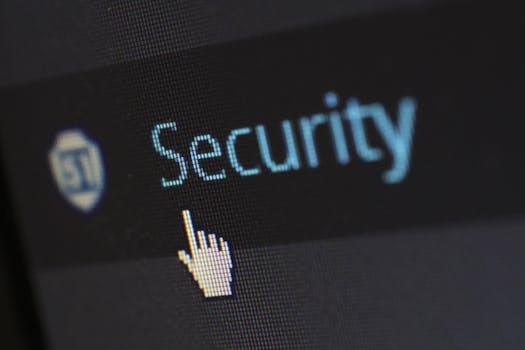Understanding Fileless Malware and How to Protect Against It
Fileless malware poses a challenge in the realm of cybersecurity due to its unique ability to operate without leaving behind typical traces such as files on a disk. Instead of depending on files this malicious software functions directly from computer memory making it considerably more difficult to detect and eliminate using standard antivirus programs. It is crucial to grasp the workings of fileless malware and establish defense measures to protect digital assets.

Understanding Fileless Malware
Fileless malware is a form of software that infiltrates computer systems and networks without leaving any tangible marks on the hard drive. Unlike malware that necessitates downloading and running files fileless malware exploits legitimate system tools and processes to carry out its malicious actions. This method makes it extremely challenging to spot and counteract.
One prevalent technique employed by fileless malware involves exploiting vulnerabilities in system software, like PowerShell or Windows Management Instrumentation (WMI). By inserting code into these trusted processes the malware can execute commands and payloads directly in computer memory. Consequently conventional antivirus solutions relying on signature based detection methods often struggle to identify these types of threats.
A prime illustration of fileless malware is the Powersniff" campaign, which utilized PowerShell scripts concealed in phishing emails to infect unsuspecting victims. Once the code is run it will fetch data directly into the systems memory bypassing security measures that focus on files.
How Does Fileless Malware Spread?
Fileless malware typically spreads through emails harmful websites and compromised software updates. Deceptive emails often contain links or attachments that once interacted with trigger scripts or commands in the systems memory. Harmful websites may exploit vulnerabilities in web browsers to insert code directly into the browsers processes.
Another common way fileless malware spreads is through compromised software updates. Attackers can manipulate software update systems to distribute malicious code that operates in memory. For example the CCleaner attack in 2017 involved hackers compromising an utility tools update process to spread malware without leaving behind any files on the disk.
Furthermore techniques like movement allow fileless malware to propagate within an organizations network. By using tools such as PsExec or WMI attackers can move between systems without setting off security alerts.
Detecting Fileless Malware
Identifying fileless malware necessitates methods beyond typical antivirus solutions. Since there are no files, for signature scanning security teams must depend on behavior based detection approaches and endpoint detection and response (EDR) tools.
- Behavioral Analysis: Monitoring system activities for any behavior, such as unauthorized PowerShell usage or unexpected network connections can help spot fileless threats.
- Memory Forensics: Analyzing system memory for irregularities and suspicious processes is vital in detecting threats that operate in memory.
- Endpoint Detection and Response (EDR): EDR solutions offer real time monitoring of endpoint activities allowing for identification and response to fileless attacks.
By utilizing these advanced detection methods organizations can proactively combat fileless threats by focusing on identifying behavior rather than solely relying on traditional file based signatures.
Strategies to Protect Against Fileless Malware
Safeguarding against fileless malware requires a comprehensive approach that combines technical safeguards with user awareness training. The following strategies can aid in mitigating the risks:
- Update and Patch Management: Regularly updating software and applying patches to address known vulnerabilities are essential in preventing exploitation by fileless malware.
- Restricting Macro Usage: Disabling or limiting macros in Office documents can help prevent scripts from running through phishing attempts.
- User Training: Educating employees on how to recognize phishing schemes and avoid clicking on links or attachments is key, to lowering infection risks.
- Application Whitelisting: Permitting authorized applications to run can block unauthorized scripts and executables from executing.
Case Study: The CCleaner Attack
| Date | Incident | Impact |
|---|---|---|
| September 2017 | The CCleaner update system was hacked by attackers who sent a backdoor through a software update affecting more than 2 million users globally. | This allowed attackers to install malicious software without leaving any trace on the computer. |
The Future of Fileless Malware
The future of fileless malware is becoming more complex presenting a challenge for cybersecurity experts. As attackers develop ways to bypass security measures organizations need to remain alert and adopt innovative strategies for detection and prevention. Collaborating with security experts, industry leaders and government agencies will be crucial in combating this increasing threat.
In essence understanding fileless malware requires recognizing its characteristics, how it spreads and how it avoids detection. Implementing protection measures that blend technical solutions with user education can significantly lower the risk of infection. With cyber threats advancing constantly staying informed about emerging trends and maintaining a security stance will be essential for protecting digital environments.
For detailed insights, on strategies to protect against fileless malware you can check out CSO Online.